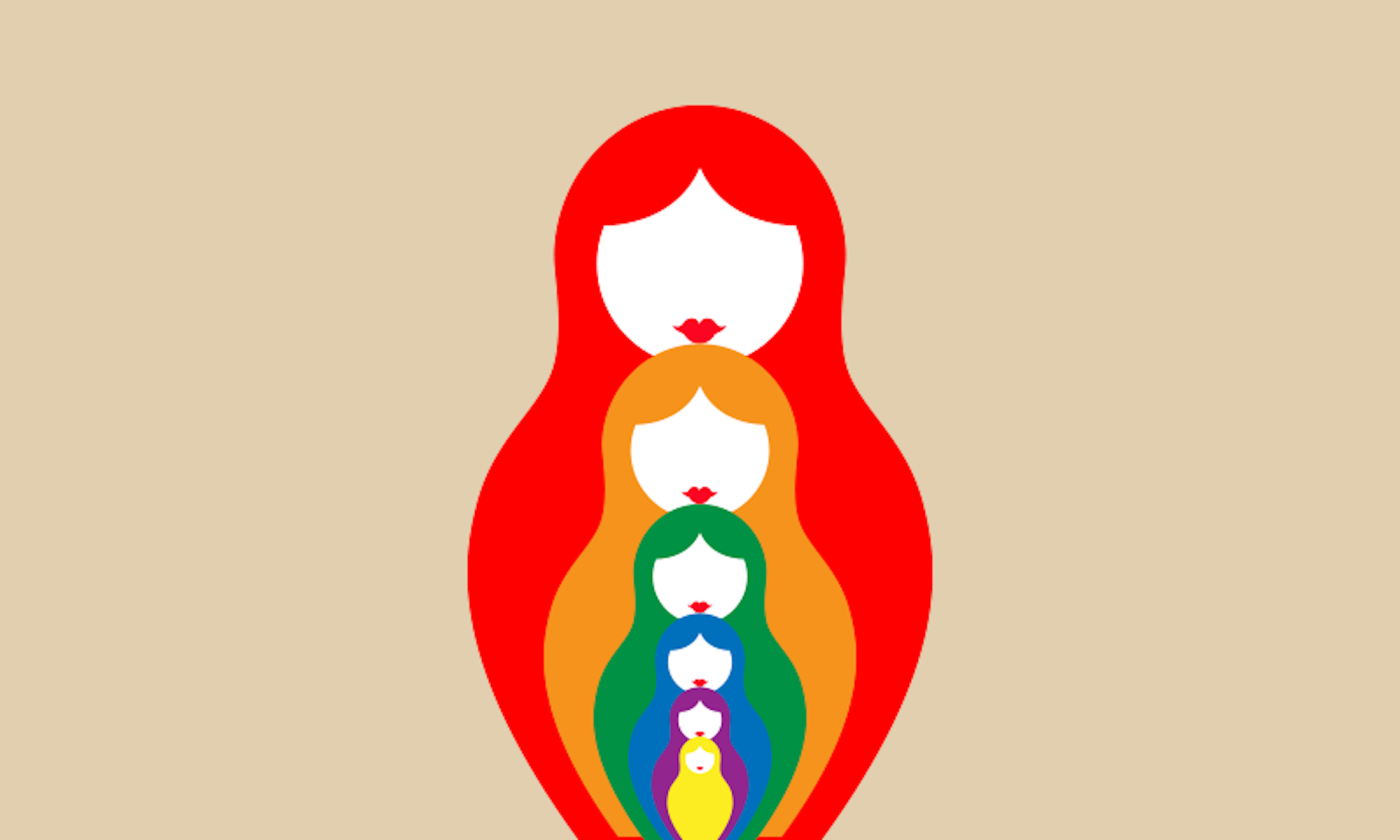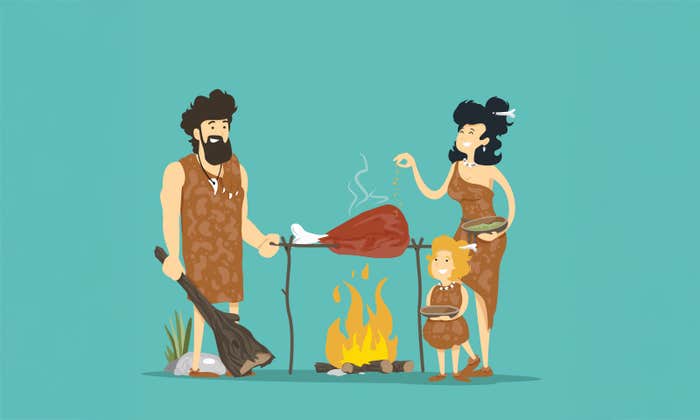1 The Fundamental Division of the Nervous System Is Not What I and Many Others Thought
For me, book writing is a process of discovery. I find out how much I don’t know about a topic that I thought I knew well enough to write a book.
For example, in my latest book, The Four Realms of Existence: A New Theory of Being Human, I proposed that everything about being human is subsumed within four fundamental, parallel, entwined realms of existence that reflect our evolutionary past and account for our present ways of being. These are the biological, neurobiological, cognitive, and conscious realms. I knew quite a bit about each of these topics and felt they must fit together in some fundamental way, but I did not fully know what the key links were. But once I saw how the biological realm, which is necessary for life, is connected to the neurobiological realm, I had a framework for the whole book.
Like many neuroscientists, I assumed that the nervous system consists of two distinct functional units: the central nervous system—which is composed of the brain and spinal cord—and the peripheral nervous system—which is made up of the nerves that run from the central nervous system through the rest of the body. But while researching the book, I came across a paper from the 1970s by Alfred Sherwood Romer, a prominent paleontologist, who was interested in the evolution of the nervous system. It rocked my world.

Romer pointed out that each animal, including the human, is an imperfect functional and structural union between “two somewhat distinct beings.” The first is a “somatic” animal—consisting of most of our flesh and bone. The second is a “visceral” animal—essentially, the digestive tract and its appendages. This visceral animal, he wrote, “to a considerable degree, conducts its own affairs,” and the somatic animal “exerts but incomplete control” over it. Romer, in effect, endorsed an organizational chart of the nervous system that flips the traditional one on its head. He made the somatic and visceral nervous systems the major partition, with the central and peripheral locations of their neural tissues being secondary.
Modern understanding of neural evolution supports Romer’s view. Before animals arrived with nervous systems, unicellular organisms had bodies with visceral (i.e. metabolism) and somatic (i.e. sensory and motor) functions. When complex multicellular animals evolved a nervous system, its job was to support visceral and somatic functions. But the first nervous systems were spread across the body with no centralized control component. As a result, the central-peripheral distinction was secondary to the visceral-somatic one.
Why did evolution single out mammals and birds for higher cognition?
Romer’s contribution was essentially lost in the sands of time. But discovering his perspective, which includes much more than I have explained here, opened my mind to a fundamental tenet of evolutionary theory—that new functions evolve from old. This not only helped me understand how the neurobiological realm evolved out of the biological realm, but also how the cognitive realm evolved from the neurobiological and the conscious realm from the cognitive. In other words, it became the basis for the nested hierarchy that defines the four realms of existence.
2 Warm Blood Explains the Cognitive Sophistication of Birds and Mammals
You have probably heard about the impressive cognitive capacities of birds, especially parrots and corvids, which belong to the crow family. Corvids are particularly interesting. They use internal representations of where and when they stored food and can make choices based on freshness—that is, they retrieve and consume older items before newer ones. It has been said that their cognitive capacities rival those of primates.
But why did evolution single out mammals and birds for higher cognition? The answer I found in my research was another eye opener. Only mammals and birds are warm-blooded. To maintain their higher body temperature, they have to burn more calories, which means they have to move around more and consume more food than cold-blooded creatures, such as reptiles. Advantages might therefore accrue to organisms that could use cognitive abilities, especially the ability to construct internal mental models of the world and use them to make plans about when (time of year and time of day) and where (locally and distally) to forage for what (perishable or durable food) in relation to predictions about energy expenditure and energy prospects in the near- and long-term.
But not all birds have these cognitive capacities. Therefore, while being warm-blooded may be necessary, it is not sufficient for model-based cognition. The fact that the reptiles from which birds evolved do not have the capacity for model-based cognition suggests that birds and mammals very likely evolved these similar capacities separately, undoubtedly as a solution to distinct selective pressures they faced. So-called parallel evolution is very common.
3 We Can’t Tell the Difference Between Conscious and Unconscious Thought Processes
My wife is an art critic, and she introduced me to the work of the literary theorist Roland Barthes, who wrote, “it is language which speaks, not the author.” By “language,” he meant the cultural narratives that author and reader share and that the author uses to communicate.
Both speech and writing are often based on unconscious cognitive processes. Think about it. In conversation you frequently do not plan what you are saying, you just say it, and when writing you often just write away. Underlying these activities are mental models that integrate present stimuli with memory to achieve a momentary goal. Consciously, you observe what you say or do as it is happening, and build that into a simultaneous conscious mental model. These ideas, which came to me while writing the book, became the foundation for a dual mental model framework. The main idea is that one cognitive mental model is non-conscious, or more accurately, pre-conscious. It, in turn, spawns a conscious mental model. Both mental models can control speech and action, but one does so non-consciously and the other consciously.
If I am correct, the effort to scientifically understand and experiment on consciousness may be even more complicated than we thought, because it would be very difficult to determine, at any given moment, whether a given act of speech or overt behavior is controlled by the pre-conscious or conscious mental model. But AI tools might help identify content features that distinguish between responses controlled by one mental model or the other. ![]()
Lead image: robin.ph / Shutterstock




























